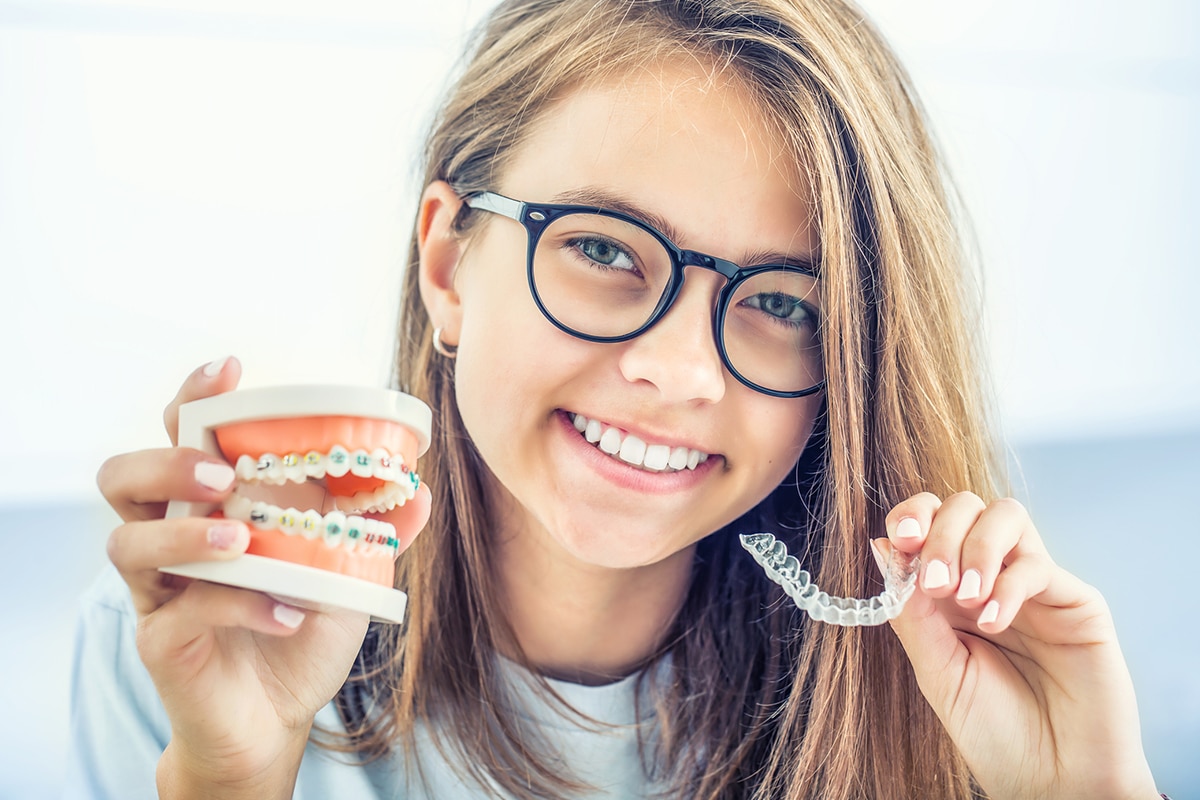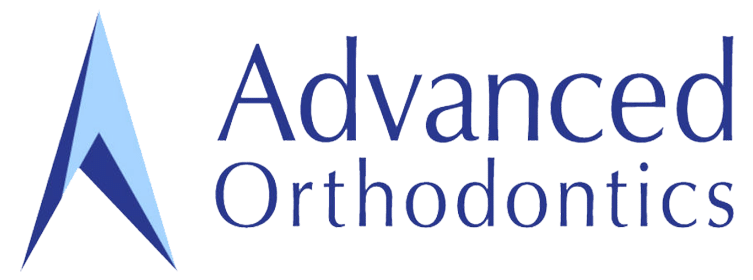
Many of our valued patients want to know whether Invisalign® or traditional braces are their best treatment options. Both systems produce excellent results, and each has clear advantages.
Expert orthodontists can help patients decide which method best suits their situation. This blog explains the ideal uses for Invisalign and conventional braces and shares some tips for patients on how to choose between these treatments.
Ideal Uses of Invisalign
Invisalign is a sophisticated and highly adaptable orthodontic treatment system. While many patients use Invisalign to treat misalignment, gapped teeth, and other minor conditions, the system's versatility allows it to treat more complex cases.
The best candidates for Invisalign include:
- Teens and adults with all permanent teeth present
- Minor to moderate orthodontic issues, including bite problems
- Patients responsible enough to care for their aligners and keep them in 20-22 hours daily
- Patients with excellent oral hygiene
Common Uses of Traditional Braces
Traditional braces are strong, versatile, and highly effective. They can help correct even the most severe orthodontic issues.
Patients who should consider traditional braces first include:
- Children and young teens whose permanent teeth have yet to erupt fully
- Patients with missing teeth
- Severe malocclusion or bite problems
- Difficulty remembering to remove and replace aligners
- Jawbone formation issues
- Impacted teeth that need exposure
Deciding Between Braces and Invisalign
If you need help deciding whether to get braces or Invisalign for yourself or your child, your orthodontist can help you make the ideal choice, considering your budget and alignment issues.
Patients who learn that either treatment would serve their needs may wish to keep these points in mind:
- Comfort: Braces may require a more extended adjustment period than Invisalign.
- Convenience: Braces patients do not have to keep track of their aligners and remember to replace them.
- Durability: Braces are more rigid than Invisalign and better suited to younger patients for this reason.
- Food Restrictions: Patients with conventional braces may have certain restrictions on what they can eat and drink, while Invisalign patients have none.
- Oral Health Outcomes: Braces require excellent oral hygiene, including the use of floss threaders and interdental brushes. Patients with Invisalign often exhibit improved gum health compared to those with braces.
Frequently Asked Questions About Invisalign
Which treatment is more expensive: braces or Invisalign?
Conventional metal braces and Invisalign are close enough in price in most areas, but cost may not be your main point of comparison.
Why should I see a qualified orthodontist for Invisalign treatment?
While family dentists receive extensive Invisalign training, they do not have the skills and expertise of specialists. They may try to influence you to choose Invisalign because it is all they offer, while an orthodontist can also provide braces in appropriate cases.
At Advanced Orthodontics, we are proud to offer both Invisalign and conventional braces. If you have questions or concerns about your orthodontic treatment, please contact our Canton, MI, office today.
